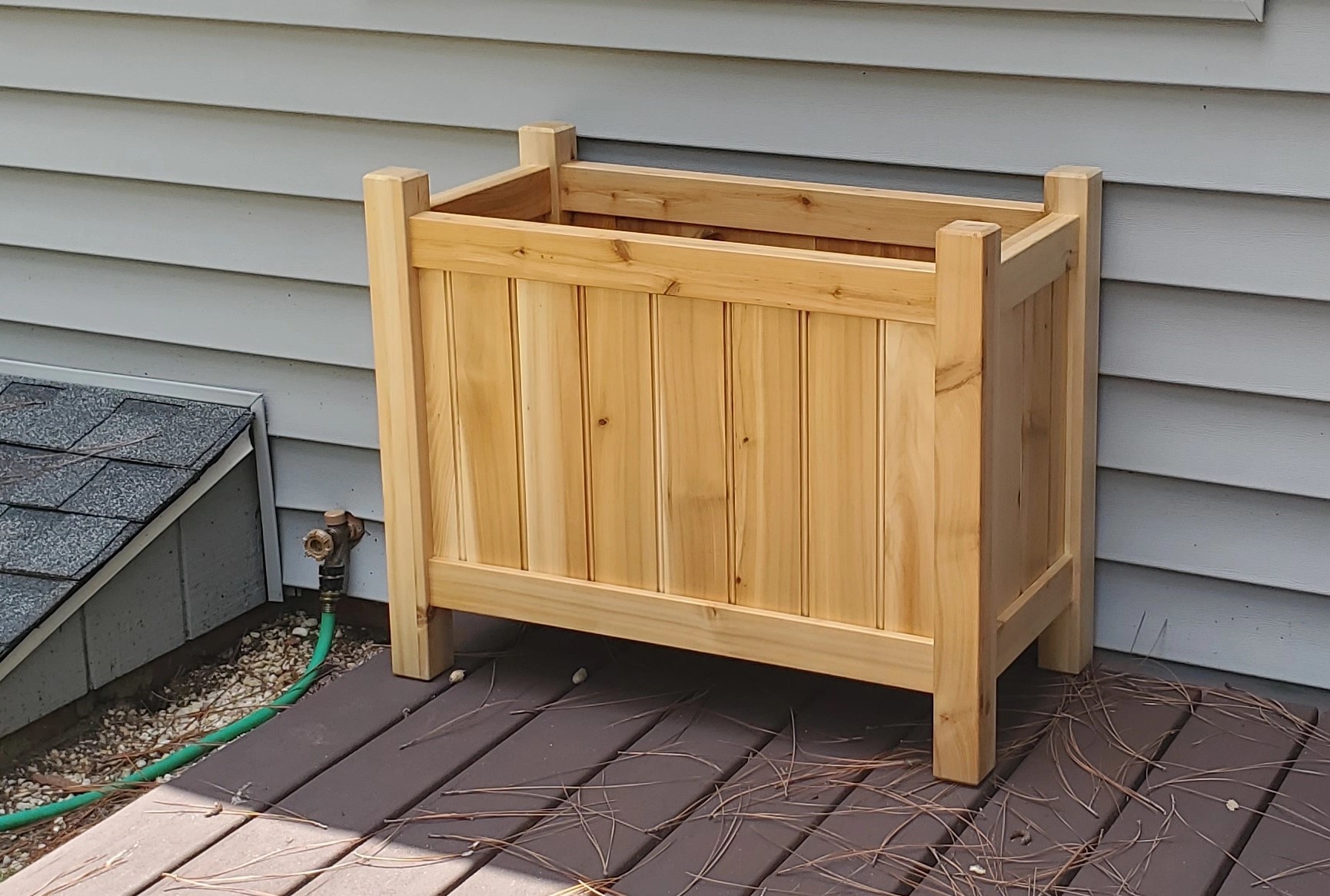I’m new to wood working and am looking for relatively cheap sources of wood and was wondering if anybody has ever used used liquor barrels. Are these even cheap? I’d probably use it to make small furniture or planters. Anything I should know in particular or resources I could look into? Thanks!
Definitely not cheaper than other sources of scrap wood. Aging barrels are typically reused (except for certain kinds of liquor where prohibited by law, in which case they get reused to age a different kind of spirit). Once they’re no longer useful for that purpose, they’ll be reprocessed into other products (Jim Beam sells their old barrels as whiskey-flavored wood chips for smokers) or sold to third parties.
A lot of once used bourbon casks are shipped to scotland to refill with single malt. Here is some options but they may be geared towards refilling instead of disassembling.
In addition to what the others mentioned, barrel wood is curved and the cross sections are not square, so you can’t just use the wood for “normal” projects without a lot of work to get back to straight, square pieces.
I have seen some cool uses of barrel wood for things that are more sculptural than structural, if that makes sense. Things like lamps. You might be able to use them at the back or bottom of a seat, too. I doubt you’d be able to get barrels cheap, though, at least not anymore.
For cheap wood, lots of people use pallets, but there’s a lot of stuff you should know before collecting a whole bunch.
Depending on what type of woodworking you want to do (handtool/power tool, what types of things you’ll make), there’s a few types of wood to try to get. Construction lumber can be used for shop furniture. Poplar is the cheapest hardwood, generally it’ll be easier to work with than softwood. Pine is still perfectly workable, but I wouldn’t try to use construction grade for projects other than shop furniture. If you ever see old cheap shelving units on the side of the road, take the shelves out. Melamine coated particle board is great for making jigs and other fixtures around the shop.
Thank you so much for the detailed response! I’d like to go all hand if that makes any difference. Trying to learn about all the different woods has me pretty confused
Handtool woodworking probably more than power tool requires a really sturdy workbench. There’s a bunch of different styles with different pros and cons. Rex Kruger on YouTube has some good videos on it. Working without a solid table and a good vise or two is a pain.
The main things you need to know about wood for now is that construction lumber is softwood, typically pine, spruce, or fir, and it has a relatively high moisture content (20%ish, if i remember right). As it dries, the shape tends to change, so you don’t want to use it right away after bringing it home, you want to let it come into an equilibrium with the amount of moisture in your air. They also have “furniture grade” pine, that is dried to probably around 5%. That is also sold as “common boards”. It actually feels harder, and that’s what you’d want to use for a lot of different things like trim that gets painted. Pine is tricky to stain. Then there’s hardwood, which like it sounds is usually harder, but in many ways can be easier to work with. The cheapest is poplar (which doesnt actually come from a poplar tree), which is fairly soft, and it doesn’t look super nice cause it is like a greenish purplish white, and people paint it usually. Red oak is probably the cheapest hardwood that you would stain, and it’s a good step up from poplar.
Well here’s the real skinny on wood itself, various species and types: I sincerely think you have to learn this by experience. Reading lists or articles about different species and their characteristics has nothing on building a spice rack out of pine, then building the same spice rack out of maple.




